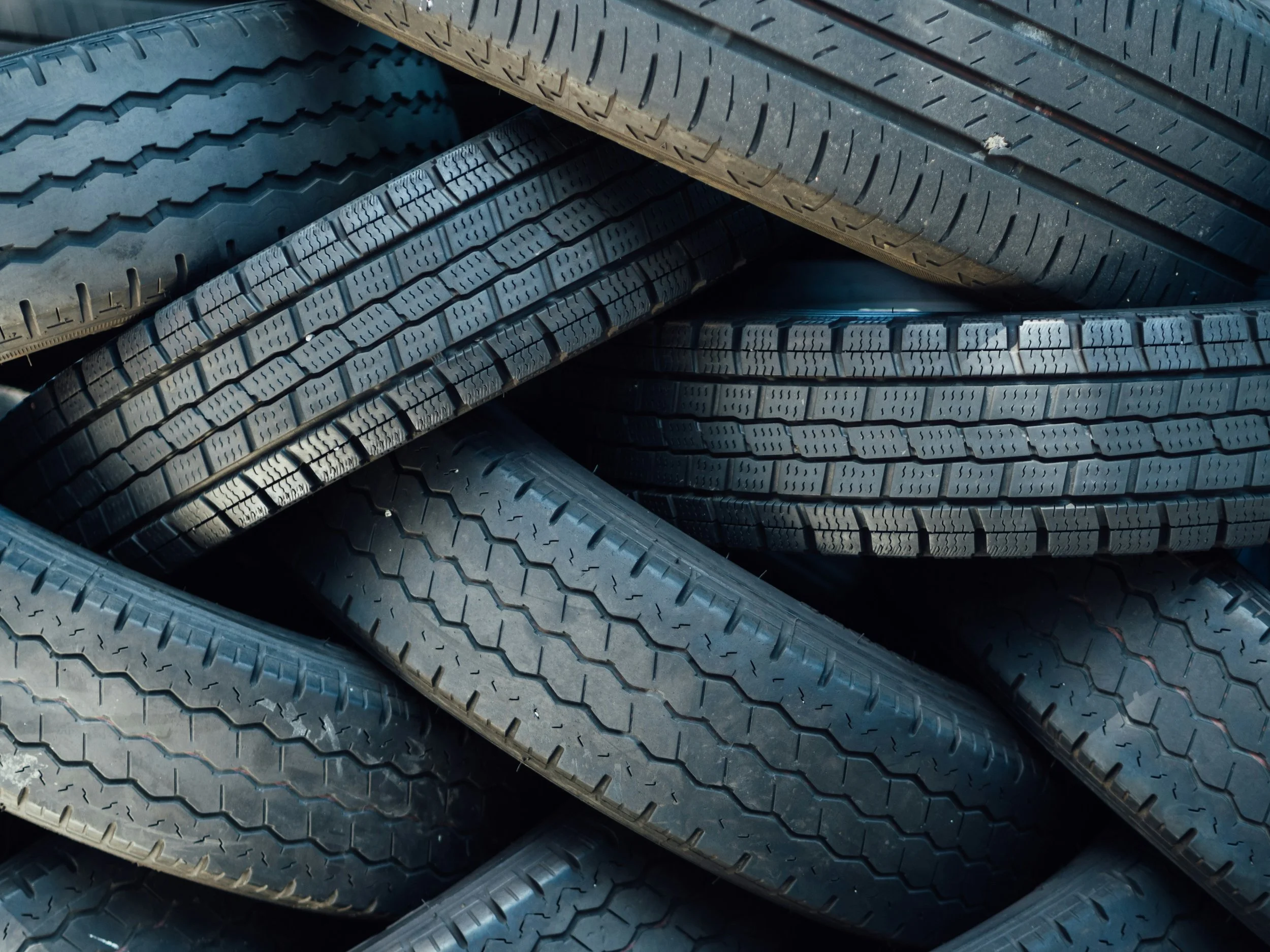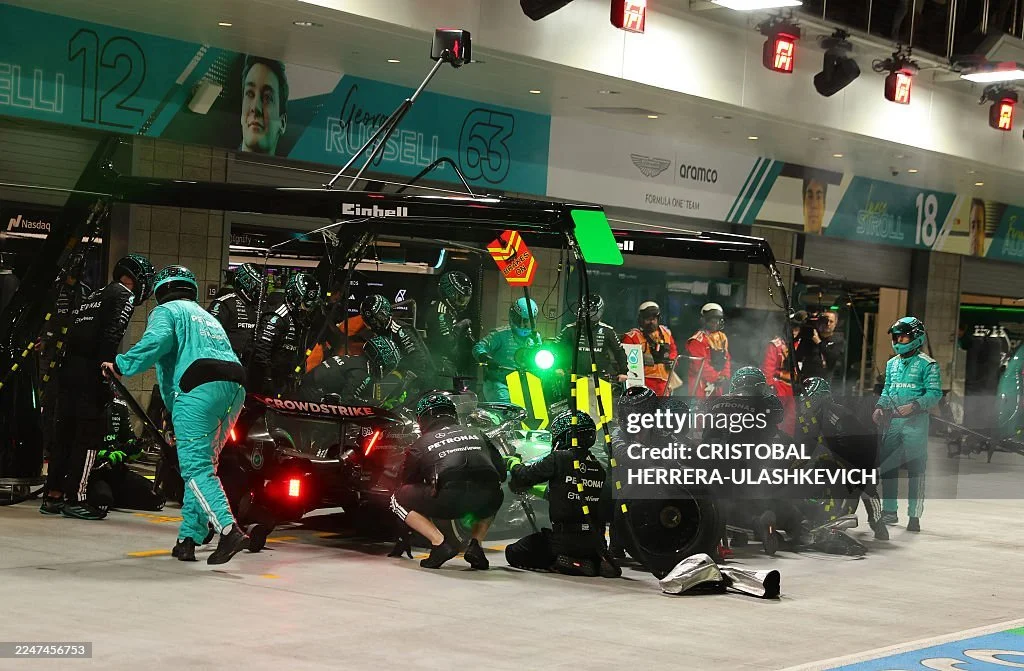FIA warns F1 teams after tyre temperature breaches raises safety concerns
By Charlie Gardner
The FIA issued a warning to Formula One teams regarding the use of tricks to heat their tyres above the mandated 70°C limit at the Las Vegas Grand Prix. This was after two teams were caught breaching the temperature limits during practice. In cold environments like Las Vegas generating tyre temperature is crucial for performance.
Tyres that are properly heated are immediately in their optimal operating window providing maximum grip and allowing the driver to push harder from the first lap. The FIA regulations are strict allowing slick tyres to be heated to a maximum of 70°C for two hours before use. Going above this limit directly translates to a faster warm up period therefore superior initial pace, especially important for qualifying laps or race restarts.
Since tyre temperatures are critical, the temptation for teams is to try as well as exceed the 70°C limit. A tyre that is 5°C or even 70°C hotter than a rival’s is immediately in a better operating window giving the driver superior grip in addition to faster lap times from the moment they leave the pit lane.
This is particularly vital in qualifying where the first lap must be perfect. Two teams were found to have slick tyres that were over the 70°C limit during the last practice session for the Las Vegas Grand Prix prompting the FIA to go “on alert.” The fact that multiple breaches were found in the same session, combined with the difficulty of generating heat in Las Vegas suggested the breaches were deliberate attempts to push the limits rather than accidental equipment failures.
According to The Race: “One senior team figure said ahead of qualifying for the Las Vegas Grand Prix that having tyres enough above the 70°C limit to trigger an FIA alert was certainty not accidental and will have required a deliberate decision to push boundaries.”
This moves the issue from a potential equipment malfunction or technical anomaly to a suspected deliberate infringement and competitive choice. Suggesting teams were intentionally engaging in a “trick” to push the limits of the regulation. It confirms that the temperature difference required to “trigger an FIA alert” is substantial enough to be meaningful on track emphasising the competitive advantage gained by the teams breaking the rules in the cold conditions.
The fact that the breach requires a “deliberate decision to push the boundaries” as well as involving “exotic” technology in the past confirms this is not an accident but a calculated risk to gain an illegal performance boost. Teams are targeting the tread temperatures which is harder for the FIA to police consistently than the blanket temperature setting.
F1 tyres have a narrow “operating window.” In cold conditions, teams must be aggressive in heating tyres to get them into this window. Any degree above the 70°C limit offers an unlawful thermal head start that can translate in the tenths of a second necessary for pole position or overtaking on the first lap.
If a car is found to have raced with tyres above the maximum temperature limit, the consequence is almost certainly disqualification from the race. While the rules focus on sporting integrity, the most severe albeit unintended consequence if extreme overheating is structural.
Subjecting the tyre compounds to temperatures far outside the manufacturer’s specified range can compromise the integrity of the tyre carcass, potentially leading to unexpected failures, blowouts or delamination posing a significant safety risk to the driver in addition to competitors.



